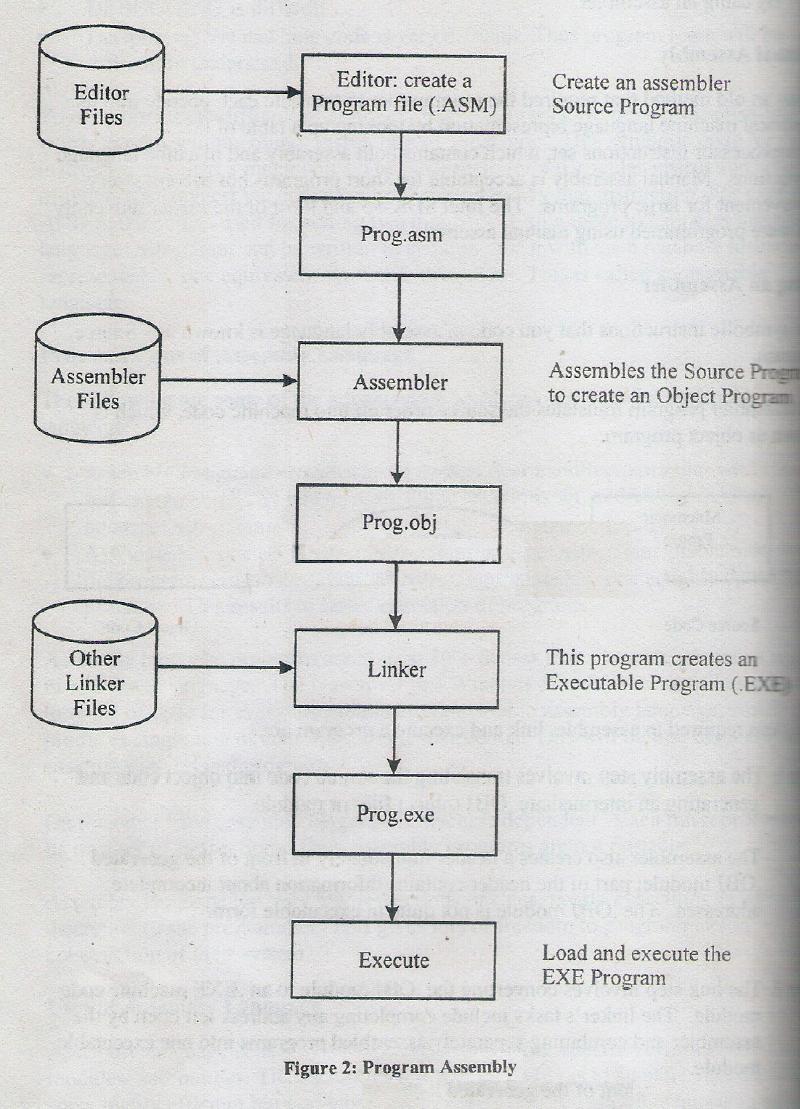Explain briefly the working of two-pass assembler. 5m Jun2008
Two-pass assembler: Assemblers typically make two or more passes through a source program in order to resolve forward references in a program. A forward reference is defined as a type of instruction in the code segment that is referencing the label of an instruction, but the assembler has not yet encountered the definition of that instruction.
Pass 1: Assembler reads the entire source program and constructs a symbol table of names and labels used in the program, that is, name of data fields and programs labels and their relative location (offset) within the segment.
Pass 1 determines the amount of code to be generated for each instruction.
Pass 2: The assembler uses the symbol table that it constructed in Pass 1. Now it knows the length and relative of each data field and instruction, it can complete the object code for each instruction. It produces .OBJ (Object file), .LST (list file) and cross reference (.CRF) files.

